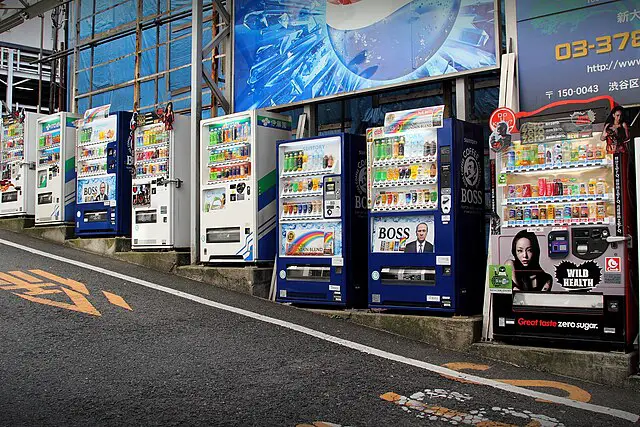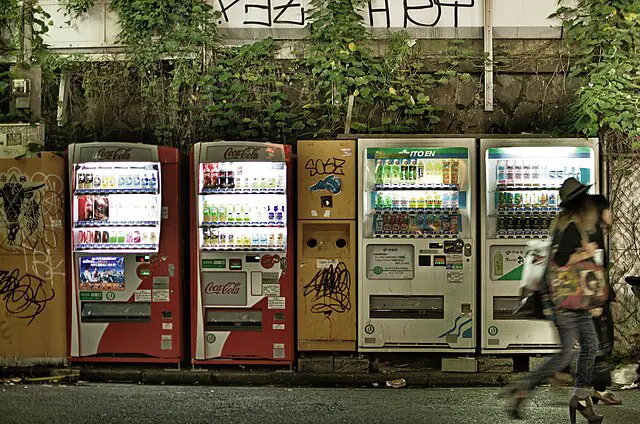With over 5 million vending machines scattered across the country, Japan has one of the highest vending machine densities in the world—roughly one machine for every 23 people. These machines are not just snack dispensers; they are deeply embedded in Japanese culture, offering everything from sushi to umbrellas, from fresh eggs to full-course meals. But where did this obsession come from? And why does Japan, more than any other country, trust its daily conveniences to automated machines?
The Roots of the Vending Machine Boom
Japan’s love affair with vending machines dates back to 1888, when the country installed its first coin-operated machine. It was a simple contraption selling tobacco, but it laid the groundwork for what would become a national phenomenon. By the mid-20th century, Japan was experiencing rapid economic growth, and city life was evolving fast. The demand for convenience skyrocketed, and vending machines became the ultimate solution.
Several factors played into their explosive rise:
1. A Low Crime Rate: Unlike in other parts of the world where vandalism is common, Japan’s remarkably low crime rate meant that vending machines could be placed virtually anywhere without fear of them being destroyed or broken into.
2. A High Population Density: Japan’s urban centers are densely packed, and retail space is expensive. Vending machines provided a way to sell goods without needing large storefronts or staff.
3. An Obsession with Efficiency: The Japanese value speed, precision, and automation in everyday life. A vending machine offers all three, making transactions seamless and instant.

The Evolution of Vending Machines: More Than Just Snacks
While many countries use vending machines for soda and chips, Japan has taken the concept to a whole new level. Today, vending machines in Japan can be found dispensing:
1. Hot and Cold Drinks: Japan’s machines adjust based on the seasons, offering hot coffee and tea in winter and icy beverages in summer.
2. Full Meals: Ramen, curry, sushi, and even hamburgers are sold through high-tech vending machines.
3. Fresh Produce: From apples to eggs, you can buy fresh groceries from machines in rural and urban areas alike.
4. Luxury Items: High-end cosmetics, designer watches, and even Wagyu beef have found their way into vending machines.
5. Oddities: Some of Japan’s more unusual vending machines sell rhinoceros beetles (popular as pets), fortune-telling papers, and even mystery bags with surprise gifts inside.
The Unseen Benefits of a Vending Machine Culture
Japan’s vending machine boom isn’t just about convenience; it has social and economic benefits as well:
1. Reducing Labor Shortages: With Japan facing an aging population and fewer young people entering the workforce, vending machines reduce the need for human staff.
2. Providing 24/7 Access: In a society where people work long hours, vending machines ensure that food, drinks, and essentials are always available.
3. Serving Disaster Relief Efforts: Some vending machines are programmed to dispense free supplies in case of earthquakes or other emergencies.
The Future of Vending Machines in Japan
As technology advances, Japan’s vending machines are evolving too. Facial recognition, AI-driven personalization, and mobile payment systems are making transactions even smoother. Some vending machines can now recommend drinks based on the customer’s age and gender, while others are solar-powered to promote sustainability.
With their unique blend of convenience, culture, and innovation, Japan’s vending machines are more than just machines—they are an integral part of daily life. Whether you’re grabbing a quick snack, a warm meal, or a surprise from a mystery machine, one thing is certain: in Japan, the future of shopping is already here, and it’s fully automated.

